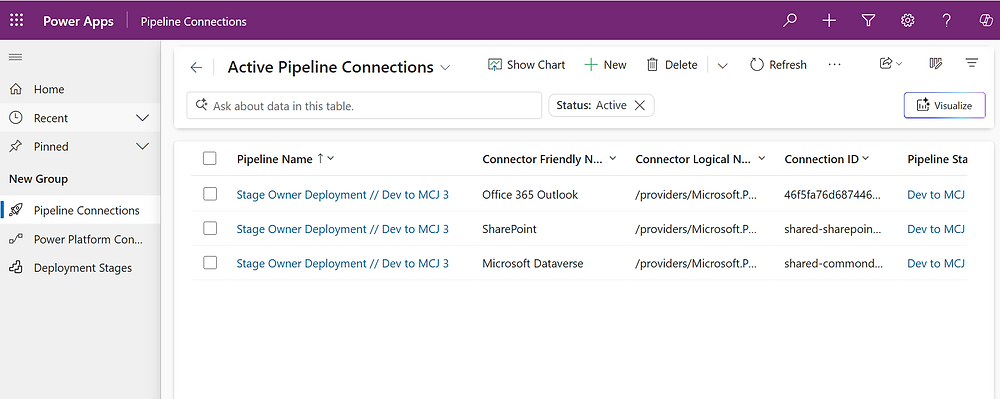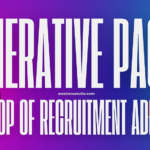Now Reading: Power Pages: Tired of filling forms? Use an agent!
-
01
Power Pages: Tired of filling forms? Use an agent!
Power Pages: Tired of filling forms? Use an agent!

Have you heard of AI agents?
Agents are now popping up everywhere and Power Pages is no exception. The ability to create a site agent that can answer questions based on your site content has been available for a while.
A new feature (in preview) has been announced where you can start with a Power Pages (basic) form and use that as a basis to build an agent.
What is Microsoft Power Pages?
Microsoft Power Pages is a component of the Power Platform specifically for building websites and web applications that enhance and extend business applications, agents, automations and dashboards built on Microsoft Dataverse. More information: What is Power Pages?
YouTube
Here is a video version of this post:
Turning a form into an agent walk through
Microsoft has excellent documentation, but I ran into a few little nuances that you may have missed. Here is a brief walk through of setting up a form and turning it into an agent.
Enable Power Pages copilots
By default, the Copilot capabilities will be enabled for your site. However, its not a bad idea to check in case any of these features have been turned off. Go to the Power Platform admin center, select Copilot, Power Pages, and then settings to ensure that Copilot features have been enabled.

Enable site copilot
Currently, you will need to enable the site copilot in order to have the widget available. This may change by general availability, but for now, it will need to be turned on.

Add site setting
This part is not in the documentation but I was able to get this tip from the product team to add the following site setting, set to true to enable visibility of our new agent.
SiteCopilot/EnableNativeControlPVABots
Build and configure a basic form
For my own website, if you have a need for consulting, advisory, or training services, I have a form that allows folks to provide some information so I can prepare a chat about requirements. Setting up forms is a basic feature of Power Pages, and more info can be found here: Add a form. Make sure you also configure appropriate table permissions and web roles to access this form.

Convert to agent
In the form configuration menu, you should now see the Agent option. This will launch the configuration windows to collect some information about converting your form to an agent. Fill in the details and select Continue.

After a few minutes, you will see the agent details which will be passed to Copilot studio to build the agent.

On the security tab, you will need to select the Power Pages web roles that can use the agent.
WARNING: You want to be careful exposing your agent to non-authenticated users. (This same advice applies to regular forms.)

You will also need to enable the table and columns to be able to be updated by Power Pages Web API.

Note that this configuration process enables ALL the columns for the table, you will need to go into the site settings and adjust which fields are exposed.
In the Power Pages management app, find the WebAPI fields site setting and change from the “*” to a comma separated list of the columns on your form.

Finally, review and publish your agent.

Configure agent in Copilot studio
You can further configure your agent in Copilot Studio. Note that if you are building this on a developer environment, your site cannot be made into public mode. You will need to enable Entra ID and the Copilot authentication settings for records to be saved to Dataverse. This goes beyond the scope of this post.

Test
If everything is setup correctly (note – this is in preview so some things might be unpredictable) you can test your agent.
Select the widget:

Since we do need to have the site agent enabled, we need to select our new agent created from forms. Hopefully this process will be a bit more elegant by GA.

The agent at this point doesn’t do much beyond collecting information (like a form) but using an Agent opens the doors for calling actions (booking meetings) or going down different paths (more intuitive than some multistep forms). Eventually, this will provide a much better experience for site visitors and also allow the agent to take other actions or engage other agents to perform other tasks.

After the agent collects the information, it will show a summary and allow you to submit the information.

Since this replaced a form, we can see the record has been created in Dataverse.

Summary
AI agents are becoming more and more an integral part of business applications. Power Pages is evolving to a great robust, secure platform to provide access to agents to external (or even internal) users.
I am looking forward to seeing how this preview feature evolves!
Nick Doelman is a Microsoft MVP, podcaster, trainer, public speaker, and competitive Powerlifter. Follow Nick on X at @readyxrm or LinkedIN, and now; Bluesky.
Need Power Platform expertise or training? Check out Nick’s website for more details.
Listen or watch the the Power Platform Boost podcast with Nick and co-host Ulrikke Akerbæk every second week for news and updates from the Power Platform community.
Original Post https://readyxrm.blog/2025/08/21/power-pages-tired-of-filling-forms-use-an-agent/















